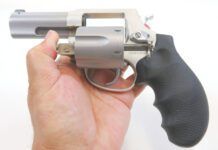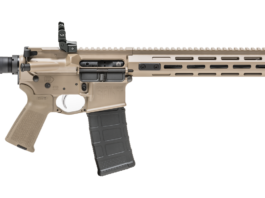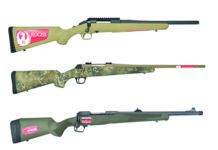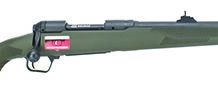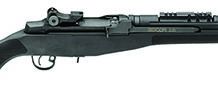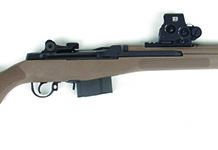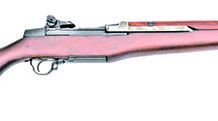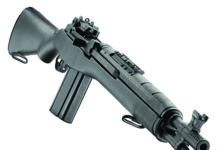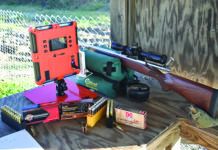Marlin 1895G Guide Gun 70462 45-70 Government
GUN TESTS GRADE: A (BEST BUY AND OUR PICK)
$633
The 1894 Winchester is the type of firearms success story every manufacturer wishes they could duplicate....
Henry Lever Action X Model H010X 45-70 Government
GUN TESTS GRADE: A-
$817
According to our research, the first lever-action rifles on the market were quite probably Colt’s 1st and 2nd Ring Models, both...
Success with the Legend Round
Re “350 Legend Bolt-Actions from Winchester, Savage, and Ruger,” July 2020
I purchased a Ruger American Ranch Rifle in 350 Legend and used it last...
Savage Model 110 Hog Hunter 57534 350 Legend
GUN TESTS GRADE: A (OUR PICK)
$487
According to a national feral-hog-control organization, “The solution to the feral hog problem has not been readily apparent. The...
Winchester XPR Hunter True Timber Strata 535741296 350 Legend
GUN TESTS GRADE: A-
$635
The Winchester XPR Hunter showed up ready to work. The Vortex Crossfire II 3-9x40 scope was already mounted and bore-sighted on...
Ruger American Ranch Rifle 26985 350 Legend
GUN TESTS GRADE: F/B+
$442
We hear all kinds of stories about the torture tests to which gun writers purportedly subject their test samples. We don’t....
Springfield Armory M1A SOCOM 16 AA9626 7.62 NATO/308 Win.
GUN TESTS GRADE: A (OUR PICK)$1799This was a pre-virus price at Cabelas.com. The price difference across the board on the Scout Squad and SOCOM...
Springfield Armory M1A Scout Squad FDE AA9120 7.62 NATO
GUN TESTS GRADE: A$1455his is a pre-virus price at BudsGunShop.com. Springfield M1A rifles once took us to the days of blued steel and walnut....
Federal Ordnance M1 Garand Tanker Garand 30-06 Springfield
GUN TESTS GRADE: B$775 (used)It is difficult to qualify the value and selling price of the Tanker Garand because so few come up for...
Shooting Garand-Based M1 And M1A Rifles Head to Head
In this day and time, the AR-15 rifle and its many clones are the number-one-selling rifle in the country. For personal defense, recreation and...
308 Bolt-Action Rifles: We Compare Four Head to Head
Many associate the 7.62x51mm cartridge with the American M-14, Belgian FN-FAL, and German G3 rifles. It was, indeed, developed with a military application in...
Tikka T3x Lite Stainless JRTXB316 308 Winchester
GUN TESTS GRADE: A- (BEST BUY)
$748
Sako rifles, made in Finland and imported by Beretta USA, are world renowned for their quality and accuracy. Tikka...




